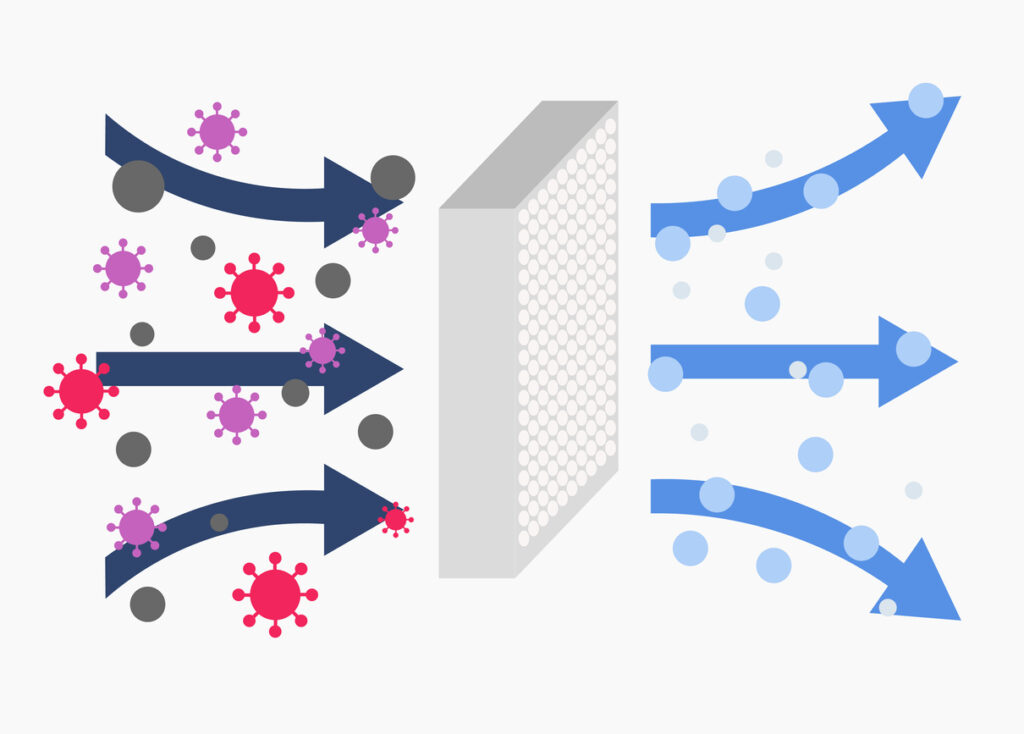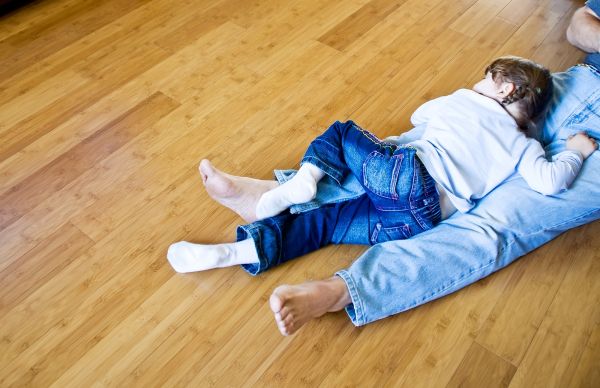Did you know that the air in your home might contain lead, which is present in dust, fire-retardants, formaldehyde, and even volatile chemicals from fragrances in standard cleaning products in most homes? Some pollutants can even enter your home when you buy new furniture or mattress, use carpet cleaners, or when repainting the walls.
Young children, the elderly, and asthmatic individuals are susceptible to indoor pollutants. But take note that potential health effects can manifest years later after continuous exposure. Since most people spend more time indoors, it’s essential to keep the indoor air clean at all times.
Here are natural ways to eliminate unhealthy air in your home.
1. Keep Your Home Smelling Good Naturally
As mentioned above, if you’ve been using fragrances in your home to keep it smelling good, it might contribute to poor air quality. The synthetic fragrances in air fresheners and laundry products give off various chemicals into the air. Most of the products you use emit chemicals, including fabric softeners and household cleaning agents.
Moreover, it’s crucial to note that most fragrances come from petroleum products, where some raise concerns, especially when it comes to health. If you want to prevent unhealthy air from building up within your home, here are few ways to make it happen:
- Switch to fragrance-free or naturally-scented laundry and cleaning products.
- Avoid using aerosol sprays, such as hair sprays, deodorants, carpet cleaners, air fresheners, and furniture polish.
- Allow the fresh air to move into your home freely. It’s best to leave the windows open to prevent the buildup inside. Additionally, you can maintain proper ventilation in the rooms with an air-conditioning system that has a filter. This is crucial especially if you have a family member with allergies.
- Add a few plants inside your home. Aside from beautifying your home with a touch of greenery, adding plants can make the indoors a healthier space. Indoor plants work as air purifiers by absorbing pollutants released by various products you’re using.
2. Cleaning the Floor Regularly
To keep your home clean and prevent unhealthy air from building up, clean the floor regularly. Here are various ways to make it happen:
- Vacuum the floor. Allergens and chemicals can accumulate in your home if you don’t follow a regular cleaning regimen. It’s best to utilize a vacuum with a HEPA filter to minimize pollutants in your home, such as lead.
Additionally, it also helps eliminate other toxins present, such as fire-retardant chemicals along with dust mites, pollen, and animal dander. Vacuum areas in your home where the family frequents the most. Also include the carpet edges, walls, and upholstered furniture. Get the best outcome by vacuuming two or more times every week and regularly wash the filter.
- Mop the floor. Mopping the floor will pick up any leftover dust or debris from vacuuming. It’s best to use water so you can clean up any remaining dust or allergens.
- Prevent particles, debris, and dust from entering your home. When you enter your home, you’re likely to move various debris and chemicals through your shoes into your home. To prevent this, position a large floor mat at all entry points in your home.
As an extra safety precaution, you can request family or friends to remove their shoes upon entering your home. You can also provide slippers near the door for them to use.
3. Maintain the Right Level Of Humidity
Always remember that mold and dust mites prefer an environment that’s high in moisture. This being said, make sure to maintain the right humidity level.
To lessen the moisture in indoor air and control the allergens, you can use a dehumidifier. Additionally, here are other helpful tips to dehumidify your home:
- Avoid overwatering your houseplants
- When cooking, bathing, or using the dishwasher, open a window or turn on the exhaust fan
- Immediately repair any leaks in your plumbing system
4. Ban Smoking In Your Home
One of the culprits of poor air quality is secondhand cigarette smoke. Remember that cigarette smoke contains a vast array of chemicals that can be detrimental to health. Children who undergo exposure to secondhand smoke face the risk of developing health conditions.
When you have a family member eager to stop smoking, there are medications, nicotine-replacement therapy, and support groups that can help.
Conclusion
Maintaining the indoor air quality as pristine as possible should be the priority. If you’ve been using a variety of household products contributing to poor air quality, along with any pollutants you bring home, it’s time to make a move. With the help of these ways to eliminate and prevent unhealthy air in your home, you’ll keep your house a safe and healthy space for everyone.




